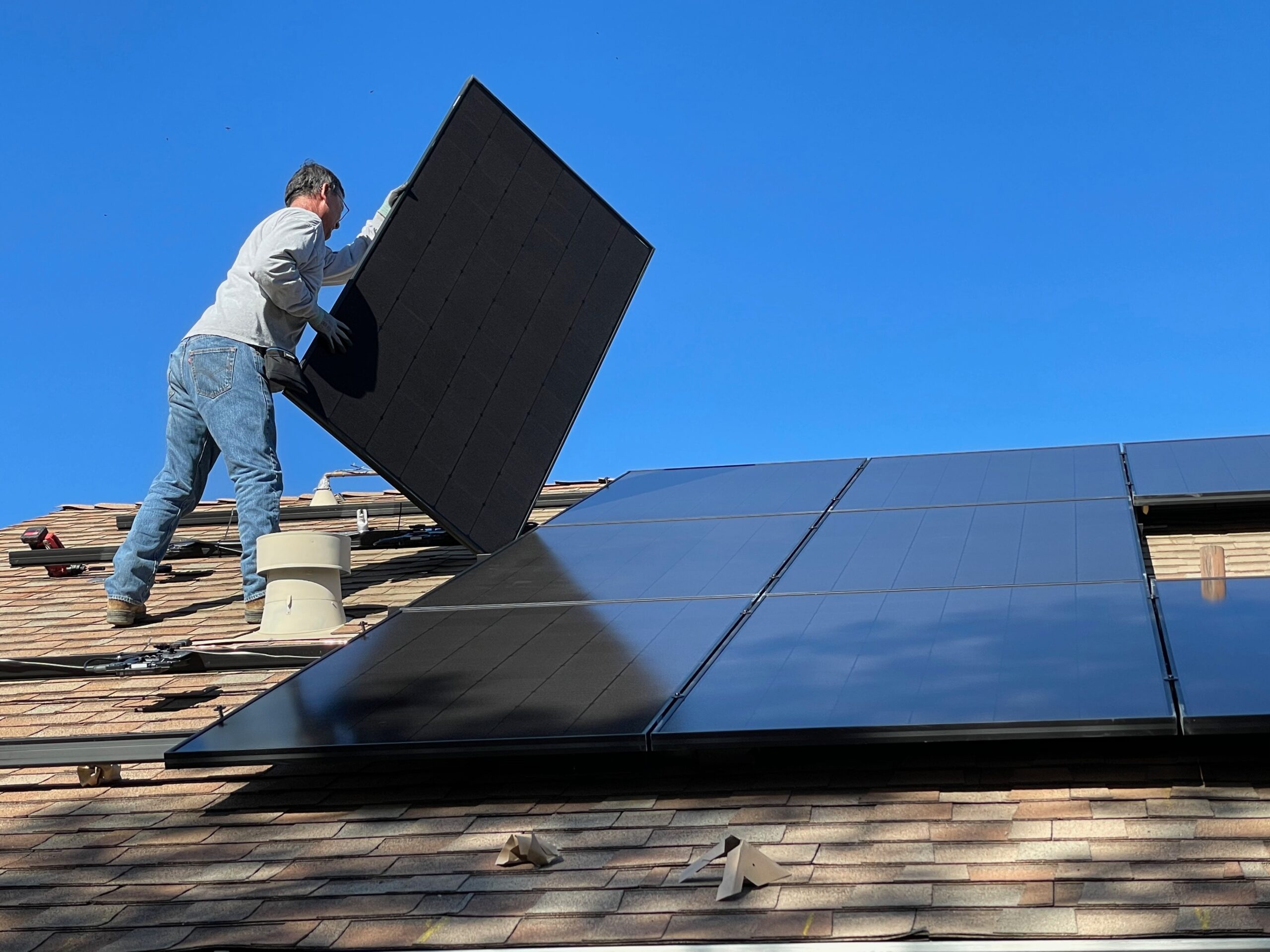In recent years, as the global push for renewable energy sources intensifies, solar panels have become a cornerstone of the conversation. Particularly in sun-soaked Australia, the pivot towards harnessing the sun’s immense power has led to a myriad of advancements in solar technology. Two of the most prominent types of solar panels are monocrystalline and polycrystalline. However, understanding their differences, especially in terms of solar performance, can often be a daunting task for the average consumer. This article sheds light on the primary distinctions between these two popular types of solar panels.
Overview of Solar Panels
The Basics of Solar Energy Capture
Solar panels, commonly known as photovoltaic (PV) cells, stand as marvels of modern renewable energy technology. At their essence, these panels function as sunlight-capturing powerhouses, directly converting solar energy into electricity.
The science behind this conversion is both fascinating and complex. Central to the operation of solar panels are semiconductor materials, predominantly silicon in most commercial panels. When these semiconductors are exposed to sunlight, they absorb photons, which are essentially tiny packets of solar energy. As photons strike the semiconductor, their energy excites the electrons within the material. This excitement causes electrons to break free from their atomic bonds.
The solar panel’s design harnesses these free electrons, directing them to flow in a specific direction. This directed movement of electrons creates what we understand as an electric current. In essence, the solar panel’s structure, combined with the properties of semiconductor materials, transforms the boundless energy of sunlight into usable electrical energy for our homes, businesses, and more.
Monocrystalline vs. Polycrystalline
As the world continues to shift towards renewable energy, solar panels have become a focal point of conversation and innovation. Central to this dialogue is the comparison between monocrystalline and polycrystalline solar technologies. Both variants have carved their niche in the solar market, but what sets them apart?
The term ‘monocrystalline’ is derived from the words ‘mono’ meaning single and ‘crystalline’ referring to crystal. True to its name, monocrystalline solar panels are crafted from single, pure silicon crystals. The production process begins with growing a singular, large cylindrical silicon crystal, commonly referred to as a ‘boule’. Thin wafers are then sliced from this boule, which become the base for the individual solar cells. The hallmark of monocrystalline panels is their consistent, dark black hue, resulting from the pure silicon’s ability to absorb more sunlight. Due to their single crystal structure, these panels often offer superior efficiency, with electrons having a smoother passage due to the uniform atomic arrangement.
Delving Deep: Monocrystalline Solar Panels
The Creation Process
Monocrystalline panels are made from a single, pure silicon crystal. These panels are easily recognisable due to their uniform, dark appearance and rounded edges.
Benefits
Superior Efficiency
Monocrystalline panels typically boast a higher efficiency rate than their polycrystalline counterparts. This means they can generate more electricity from the same amount of sunlight, maximising solar performance.
Durability
The single crystal structure provides a more stable platform, enhancing the longevity and durability of monocrystalline panels.
Space-Efficient
Given their higher efficiency, homeowners require fewer monocrystalline panels to achieve their desired energy output, making them ideal for properties with limited roof space.
The Other Side: Polycrystalline Solar Panels
Polycrystalline panels are crafted from multiple silicon fragments melted together. They usually have a blue, speckled appearance, resulting from the various crystals reflecting light.
More Affordable Initial Cost
Generally, polycrystalline panels come with a lower upfront price tag. This can make them an attractive option for those on a tighter budget.
Lower Efficiency
Due to their composition, polycrystalline panels typically have a lower efficiency rate compared to monocrystalline panels. This means they may require more surface area to produce the same amount of electricity.
Shorter Lifespan
The diverse crystal structure in polycrystalline panels can make them slightly less durable over time compared to their monocrystalline counterparts.
Monocrystalline or Polycrystalline: Which is Right for You?
Solar Performance and Return on Investment
In terms of solar performance, monocrystalline panels undeniably have the edge. With a higher efficiency rate, they offer greater energy output for a given area, potentially leading to faster returns on your investment.
Consideration of Space and Budget
If you’re restricted by roof space, the efficiency of monocrystalline panels might be especially appealing. On the other hand, if you’re working with a tighter budget and have ample space to spare, polycrystalline panels might be the way to go.
However, be wary of cheaper, inferior options which might be polycrystalline panels. While not all polycrystalline panels are of lower quality, like with all products, sometimes you get what you pay for.
Conclusion
In the sunlit landscapes of Australia, solar energy remains a promising path towards sustainable living. Whether you lean towards monocrystalline or polycrystalline solar panels largely depends on your individual priorities. If solar performance, durability, and space efficiency are paramount, monocrystalline panels are a fantastic choice. On the other hand, if you’re looking to dip your toes in solar energy without breaking the bank and have ample space, polycrystalline might suit your needs.
Regardless of the choice, transitioning to solar energy is a commendable step towards a brighter, greener future for all.
